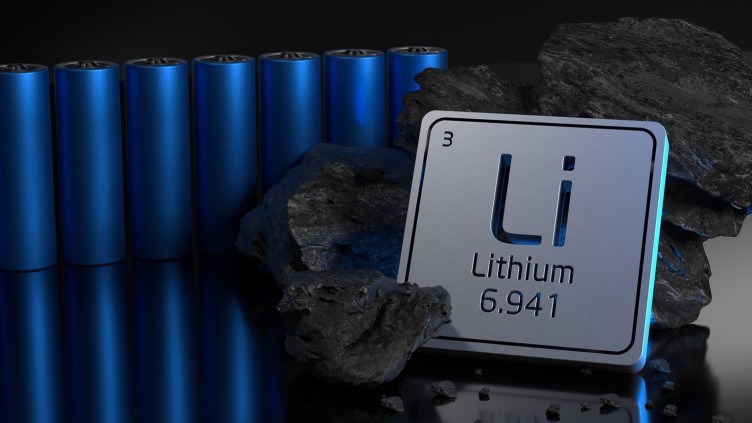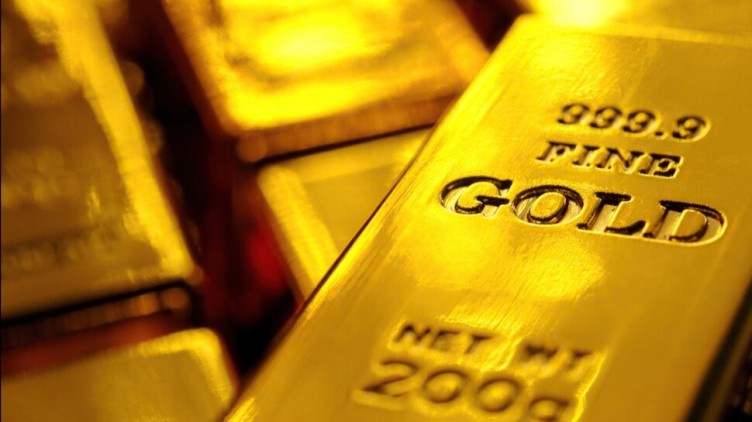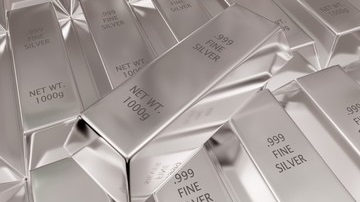Chapter 1: Tokenisation 101 For the Mining Industry
By Gaia Research Team.
The Gaia Research Team specializes in sustainable mining investments, focusing on responsible resource extraction. Committed to transparency and innovation, the Team aims to transform the mining sector into a more sustainable industry that benefits both the economy and the planet while addressing the huge supply and demand gap for critical minerals.
The global mining industry is entering a new era of digital finance through real-world asset (RWA) tokenisation. Tokenisation enables mining companies to unlock liquidity by converting RWA into digital tokens, offering greater accessibility to a broader range of investors while enhancing transparency through blockchain technology. This article outlines how tokenisation can benefit both mining companies and investors and provides a step-by-step process for implementing RWA tokenisation within the mining sector.
Chapter...
Comments (0)
Sign in or create a free account to leave a comment.



